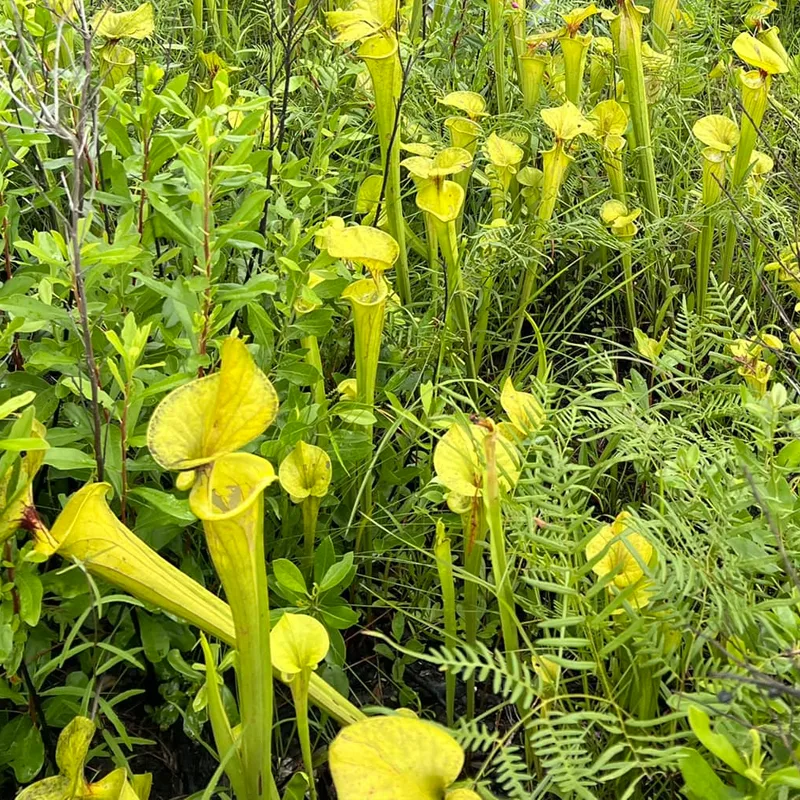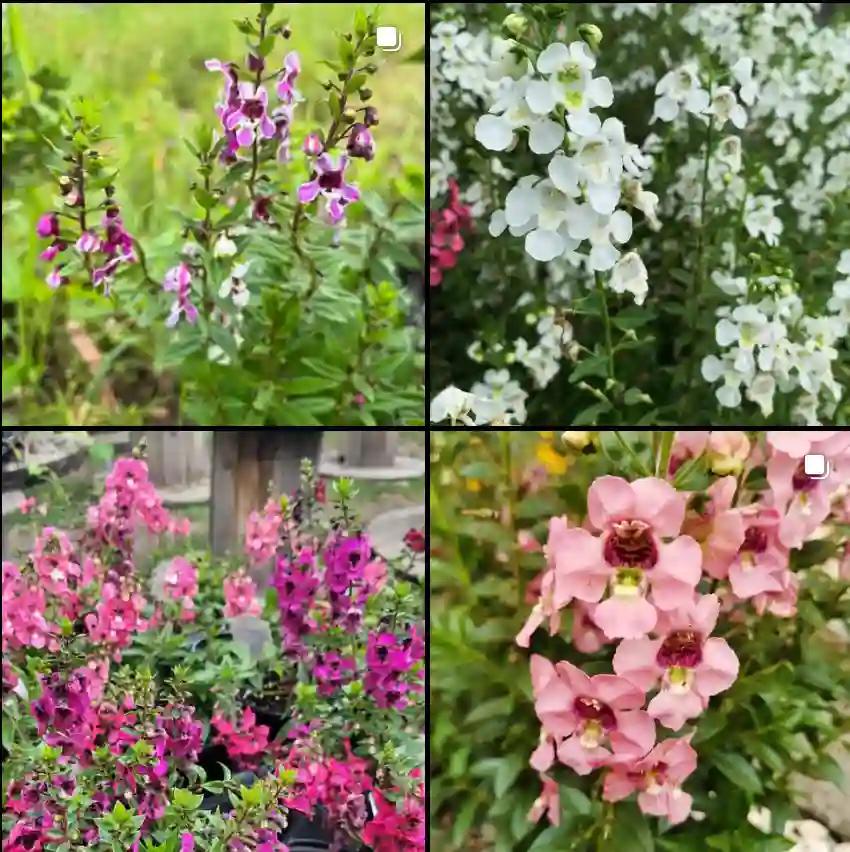Indian Pokeweed: A Curious Plant with Culinary and Medicinal Potential (But Use Caution!)
Hi there, Ferb Vu here! Today, we’re diving into the world of Phytolacca Acinosa, also known as the Indian Pokeweed. This fascinating plant is native to Eastern Asia but has found its way to Europe and even pops up in some parts of North America.
While it might look attractive in your garden, there’s more to this plant than meets the eye. Let’s explore some common questions about Indian Pokeweed.
27 Species in Genus Phytolacca
What is Indian Pokeweed (Phytolacca Acinosa)?
Indian Pokeweed is a herbaceous shrub, meaning it dies back each year but regrows from its roots. It can reach up to 1.5 meters (5 feet) tall and boasts elliptical leaves with a papery texture. The flowers are small and white, clustered in racemes that can be as long as the leaves themselves. But the most eye-catching feature might be the fruits – black, fleshy berries that appear later in the season.
Now, here’s the important part: most parts of the Indian Pokeweed are toxic. This includes the leaves, stems, and especially the roots. Ingestion can lead to serious illness, so keep this plant out of reach of children and pets.
How to Care for Indian Pokeweed?
If you’re intrigued by the Indian Pokeweed and want to cultivate it responsibly, here’s what you need to know:
- Light: Indian Pokeweed prefers partial shade to full shade. In very hot climates, some afternoon shade is beneficial.
- Soil: This plant thrives in moist, well-drained soil. Amending your soil with compost before planting is recommended.
- Watering: Water regularly, especially during hot and dry periods. Aim to keep the soil consistently moist but not soggy.
- Fertilizer: Indian Pokeweed is not a heavy feeder. A light application of balanced fertilizer in spring might be enough.
Important Note: When handling Indian Pokeweed, wear gloves. Wash your hands thoroughly after touching any part of the plant, especially before eating or drinking.
How to Propagate Indian Pokeweed?
Indian Pokeweed readily self-sows, so if you have existing plants, you might find new volunteers popping up around your garden. However, if you want to propagate it deliberately, here are two options:
- Seed: Collect mature berries when they turn black. Clean the seeds and store them in a cool, dry place for sowing in spring. Germination can be slow and erratic.
- Division: In early spring, carefully dig up a mature clump and divide it into sections, each with healthy roots and shoots. Replant the divisions immediately.
What to Plant with Indian Pokeweed?
Due to its shade preference and potential toxicity, choosing companions for Indian Pokeweed requires some thought. Here are some ideas:
- Hostas: These shade-loving perennials come in various colors and textures, creating a beautiful contrast with the Indian Pokeweed’s green foliage.
- Ferns: Ferns thrive in similar conditions as Indian Pokeweed and add a delicate touch to the shady area.
- Coral bells (Heuchera): The colorful foliage of coralbells adds a pop of vibrancy to the shade garden.
Remember to keep these companion plants at a safe distance from the Indian Pokeweed to avoid accidental contact, especially if you have children or pets.
Is Indian Pokeweed Edible?
This is a tricky question. While some sources mention using young shoots as an asparagus substitute and the fruits (after proper preparation) being consumed in certain regions, extreme caution is advised. The toxins in Indian Pokeweed can vary depending on the plant part, growing conditions, and even preparation methods.
It’s best to err on the side of caution and avoid consuming any part of the Indian Pokeweed unless you have extensive knowledge and experience with proper handling and preparation.
Medicinal Uses of Indian Pokeweed (Disclaimer)
Disclaimer: I am not a medical professional and this information is not intended as medical advice.
Indian Pokeweed has a long history of traditional medicinal use in various cultures. However, scientific evidence for its effectiveness is limited. Additionally, the potential for toxicity is significant.
Do not attempt to use Indian Pokeweed for any medicinal purposes without consulting a qualified healthcare professional. There are much safer and more effective options available for most ailments.
Conclusion
The Indian Pokeweed is a captivating plant with a unique appearance. However, its toxicity requires responsible handling. If you choose to cultivate it, prioritize safety and keep it away from children and pets.
For culinary or medicinal applications, explore alternative options that don’t pose a health risk. Remember, there are plenty of safe and delicious plants to explore in the world of gardening!
If i die, water my plants!



